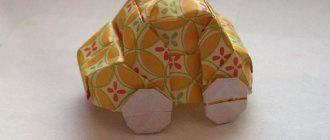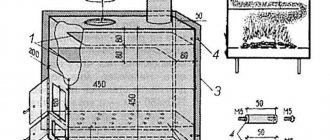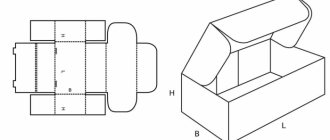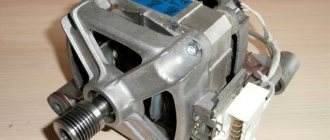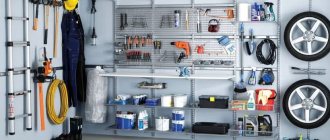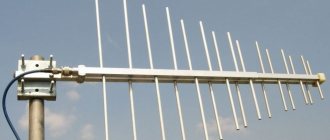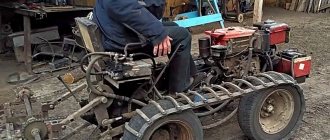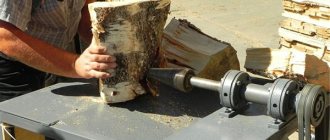What is a camera obscura
Camera obscura (lat. camera - “
room", obscura - "
darkened, dark") - the simplest optical device, the prototype of a camera. It can be either a box or chest, on one of the walls of which a small peephole is cut out, and instead of the other there is a screen made of translucent material, or a dark room with the same small peephole and screen.
Another name for this device is a pinhole camera .
"chamber having an opening").
Manufacturing Features
Let's consider several features of such devices.
- Such a camera consists of two main parts: a wall with a hole and a screen. Others serve to render or photograph an image.
- In a pinhole camera, the hole is analogous to the diaphragm of a camera. The distance from the aperture to the screen plays the role of focus.
- In large-sized devices, the dimensions of which range from tens of centimeters to meters, the quality of hole processing does not play a special role. But on a centimeter scale this is no longer the case.
- The most suitable material is aluminum sheet.
- It is best to pierce the diaphragm with a steel needle on a hard cardboard backing, then sand both surfaces with sandpaper.
- The optimal diameter depends on the focal length of the camera. The relationship between these two parameters is approximately as follows: the aperture diameter is several hundred times smaller than the focus. You can take 100-500 times depending on the desired quality and technological capabilities.
: Finish assembly
Arrange all the pieces so that your box looks like a box. Tape all the outer edges, trying to cover any light gaps. The darker the inside of your box, the sharper your image will be. You can also cover the outside with dark paper if you like.
We make a hole in the center of the protective cover.
It should be approximately 5 mm. It is best to use a 5mm drill for this. Make sure that the cover is removed from the camera when drilling! Then be sure to cut off the chips sticking out on the hole and sand it with sandpaper. This must be done to prevent these pieces from getting inside the camera or, even worse, onto the matrix.
Return of the player
Turntable Amplifier Do you have an old turntable and a dusty record collection that you haven't digitized but don't want to throw away? If so, put it back into service even if your stereo doesn't have a dedicated Phono input.
All you need is a Phono amplifier that converts the Phono signal into an acceptable line level signal and connects it to any input on your Hi-Fi system using a cinch cable. A good choice, for example, would be the Hama PA 506 model (about 5,000 rubles on eBay) in a solid metal case.
Labor intensity: average; costs: 5000 rub.
Recommendations
The device in question is based on the laws of geometric optics. Displaying a picture on the screen does not require the use of optical elements, which by their nature distort light rays. This is due to the relative simplicity and low costs.
When building a pinhole photographing camera, shutter speed is measured in seconds and even hours, depending on the illumination of the objects. Therefore, it is very important to eliminate at home any possibility of exposure of photographic material in the camera: carefully isolate it from the penetration of the weakest ray with electrical tape or another method.
For the same reason, all internal surfaces of the camera must be coated with black paint to prevent glare. Another mandatory condition when photographing is to keep the camera still during exposure. Use a reliable, solid support or tripod.
Maybe binoculars will help
It is too early for a novice astronomer who is just beginning to take a closer look at the starry sky to make a telescope with his own hands. The scheme may seem too complicated for him. At first, you can get by with ordinary binoculars.
This is not as frivolous a device as it might seem, and there are astronomers who continue to use binoculars even after becoming famous: for example, the Japanese astronomer Hyakutake, the discoverer of the comet named after him, became famous precisely for his addiction to powerful binoculars.
For the first steps of a novice astronomer - in order to understand whether this is mine or not - any powerful marine binoculars will do. The larger the diameter of the lenses, the better. With binoculars you can observe the Moon (in quite impressive detail), see the disks of nearby planets, such as Venus, Mars or Jupiter, and examine comets and double stars.
We're filming.
The tiny aperture we've got tells us that the shutter speed needs to be long, which means we'll need a tripod. You will only have to use manual settings, and turn on the histogram on the display to determine the correct exposure and composition. Try experimenting with flash for additional lighting.
Author
Translation: Sergey Vostrikov
Visitor comments (5):
Max
6 September 2022 21:58
#1 (4004)
Great experiment!
